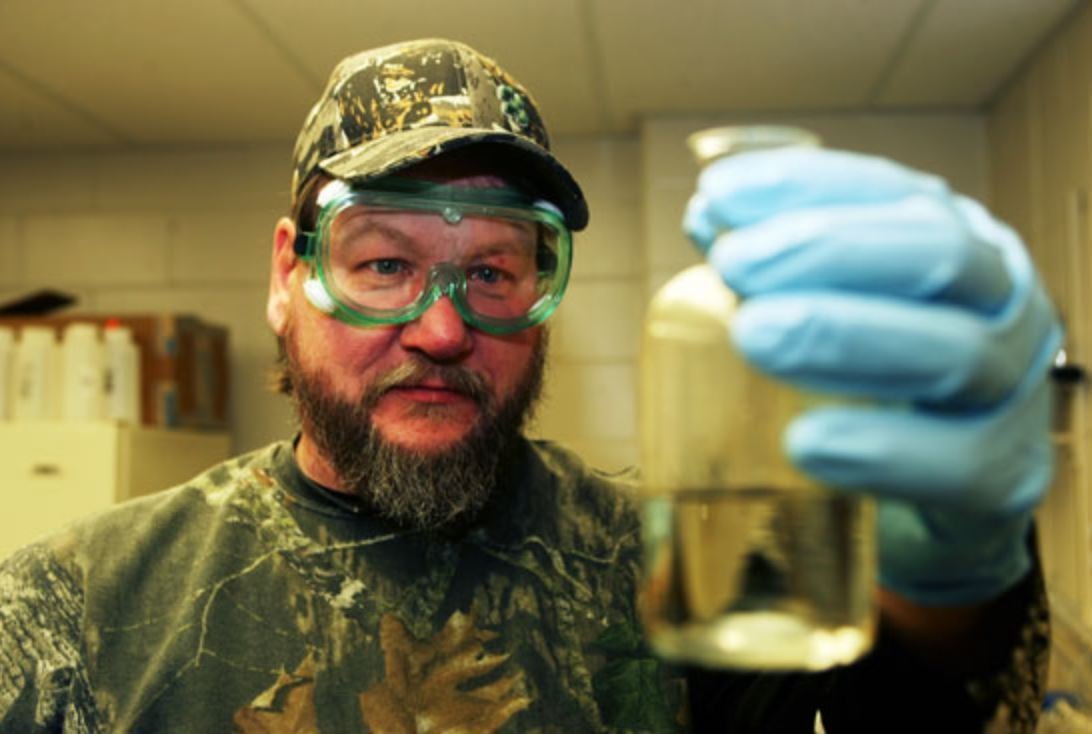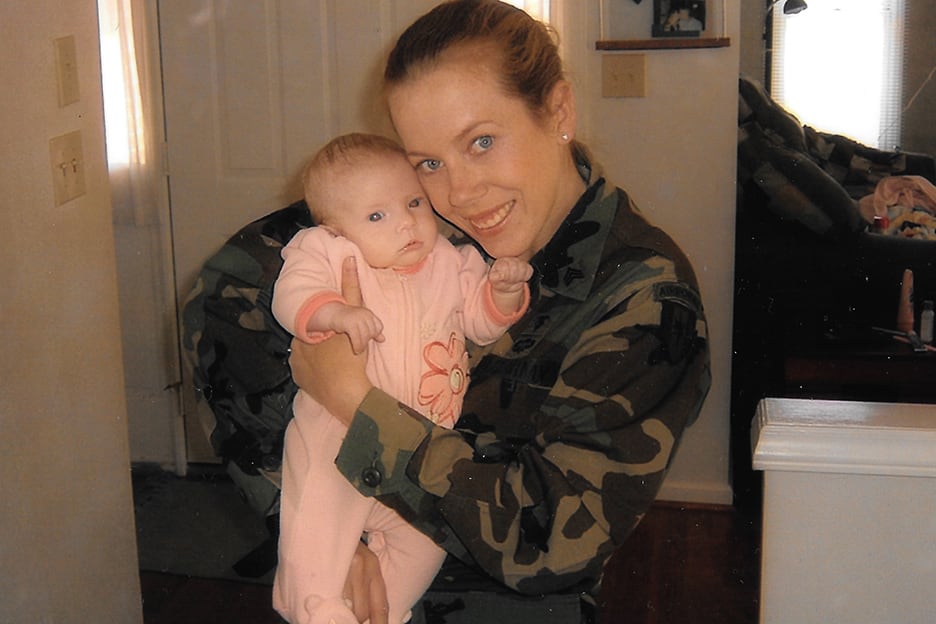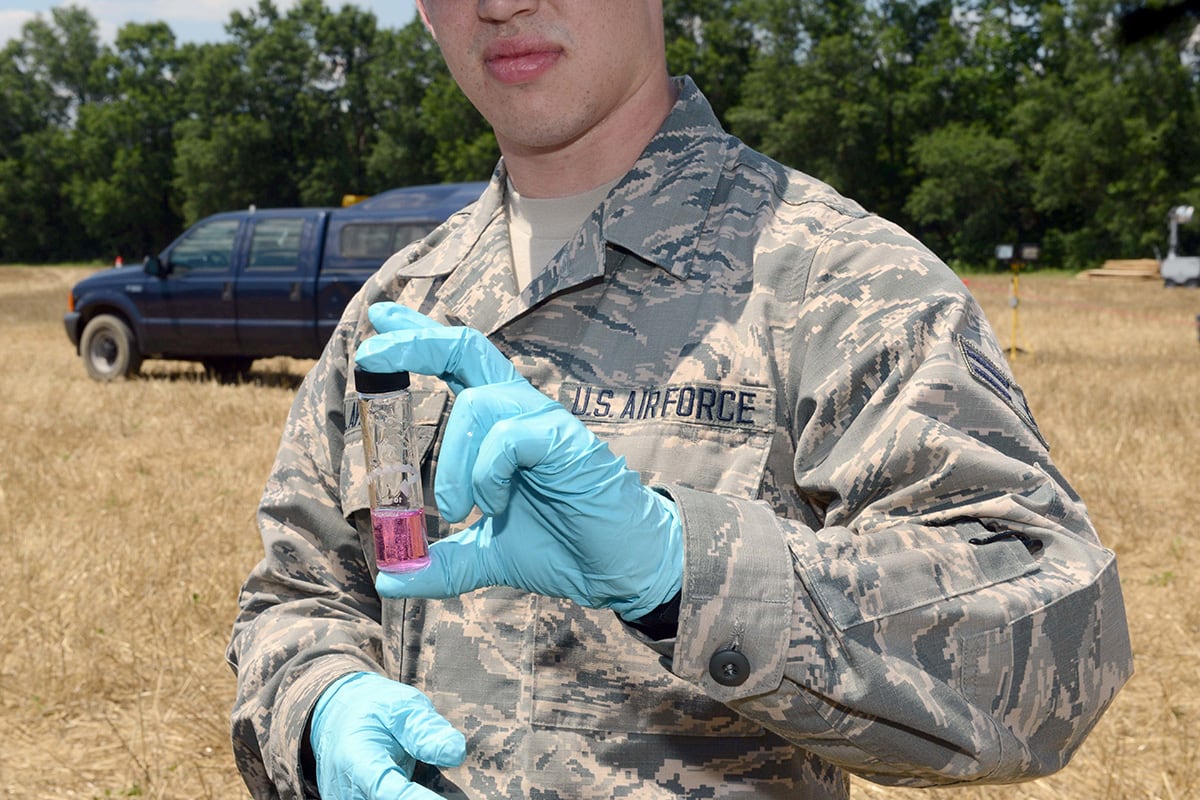The Florida Department of Health is gathering data from current and former residents who are concerned their cancers may be linked to living near Patrick Air Force Base, the agency confirmed Thursday.
The agency’s interest was first posted on a Facebook community page for Satellite Beach. Residents there have been tracking the issue since the Pentagon’s issued its first-ever public report this March on the levels of water contamination at current and former military installations, including Patrick.
Since then, the number of current and former residents coming forward to say they lived on or near the base and have cancer has grown.
“The department was contacted by a concerned citizen regarding an area in Brevard County and is currently working to gather more information related to their concerns,” said Florida Department of Health spokesman Devin Galetta. The county lies on Florida’s east coast and includes Patrick Air Force Base and Cape Canaveral Air Force Station.
“While this is not a formal investigation, the department does recognize the importance of gathering and assessing any information to help us determine necessary next steps,” Galetta said. “Our current goal is to continue encouraging any concerned citizens in the community to provide further information to the local county health department to aid in that assessment.”
RELATED

Galetta said they put the initial concerned resident in touch with the Florida statewide cancer registry and “will work with the county health department and the state’s epidemiology division to determine any necessary next steps.”
On the community Facebook page, dozens of current or former residents wrote in with personal stories of cancer battles and questions as to what they should do next. Almost two decades ago, the community around Patrick was identified as having an unusually high rate of Hodgkin’s lymphoma, although no root cause was identified.

In California, a similar Facebook support group supports former service members or family who were stationed at the now-closed George Air Force Base. Those members report an unusual number of miscarriages and cancers.
The communities’ concerns come as Congress has funded a separate, first-of-its-kind study on the long-term effects of perfluorooctane sulfonate or perfluorooctanoic acid, also known as PFOS and PFOAs, compounds that are widely used in household goods, but concentrated in the foam used to put out aircraft fires.
RELATED

The congressional study will be conducted by the Agency for Toxic Substances and Disease Registry (ATSDR), with support from the Department of Defense’s Office of Health Affairs.
The nationwide study will include an exposure assessment at “no less than eight domestic DoD installations,” said Steve Jones, DoD’s director of force readiness and health assurance policy at the office health affairs. Those results will be used in a larger, follow-on review that will include non-DoD locations as well to “better define potential health outcomes associated with [the compounds,]” Jones said. The study is expected to take seven years to complete, Jones said.
ATSDR has found that exposure to the compounds may increase risks for cancer, affect female fertility and increase the risks of birth defects, among other health risks.
DoD has been looking more closely at the compounds since 2012, when the Environmental Protection Agency first put out a requirement to test for them, said Jones.
However, DoD has used the foams containing PFOS and PFOA since the 1970s.
DoD officials have stressed that they relied on the Environmental Protection Agency to determine if the compounds were harmful. Once the 2012 EPA requirement and the agency’s subsequent 2016 recommendation on levels of exposure came out, DoD took steps to protect both on-base and off-base populations from exposure, including providing alternate drinking water and closing contaminated wells.
All of DoD’s actions to date can be found in the report they provided to Congress, which is seachable here, in a database compiled by Military Times.
Tara Copp is a Pentagon correspondent for the Associated Press. She was previously Pentagon bureau chief for Sightline Media Group.





